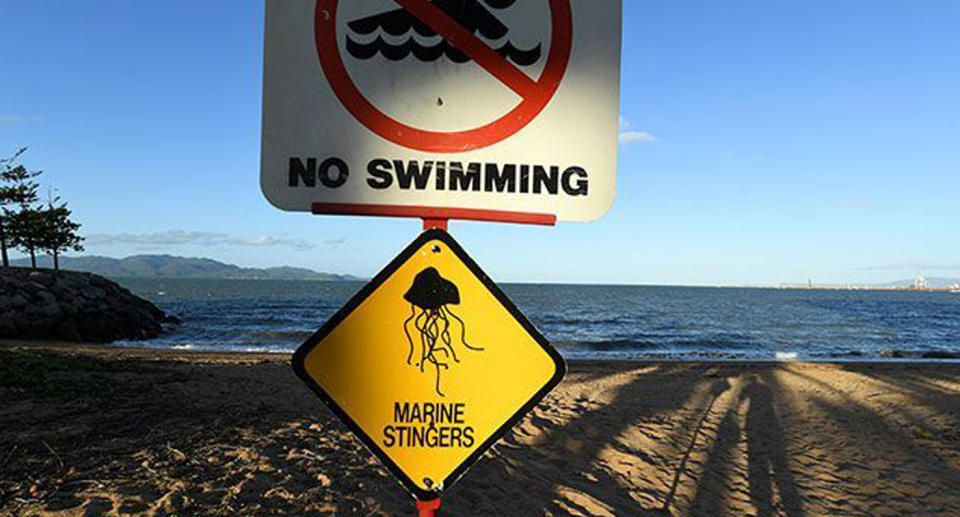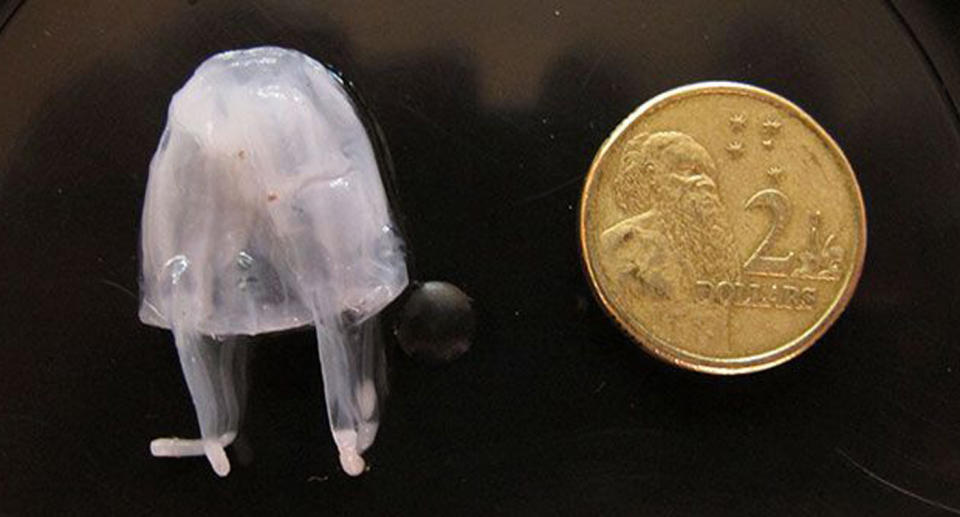Deadly jellyfish warning for swimmers at popular Aussie beaches
Beachgoers along Queensland’s coast are being warned over the deadly Irukandji jellyfish as experts say they may be moving into unknown territory.
The warning comes after one of the deadly jellyfish was caught off the coast of Fraser Island in January – the second in just two years.
According to the ‘Icons at Risk: Climate Change Threatening Australian Tourism’ report in February from the Climate Council of Australia, the Irukandji jellyfish may soon be present in waters off the Sunshine Coast and beyond.
“The deadly Irukandji jellyfish is spreading further south and their season is lengthening,” the report said.
“Irukandji have been observed as far south as Hervey Bay and Fraser Island and could eventually be found as far south as the Gold Coast.”

Emergency specialist doctor Simon Jensen told the ABC swimmers needed to be aware of the dangers in the water around Fraser Island and potentially further afield.
“People need to be very careful particularly between Fraser Island and the mainland if they’re swimming there or engaging in any water sports,” he said as beaches across the state begin to attract more swimmers as summer approaches.
The minuscule box jellyfish can cause a range of symptoms, including severe pain for several hours and headaches.
The Irukandji jellyfish has been responsible for at least two deaths and hundreds of hospitalisations.
Up to 100 people are hospitalised each year on the Queensland coast, according to jellyfish expert Dr Lisa-ann Gershwin.

The Irukandji is invisible in the water, making it difficult for swimmers to detect.
One of the reasons identified for their progression down the coast is the warming of ocean temperatures.
“As ocean waters warm, many tropical marine species have been observed moving into sub-tropical waters,” the report said.
According to the Australian Marine Stinger Advisory Services, directed by Dr Gershwin, Irukandji jellyfish are reported in waters over 26C.
And while Dr Gershwin advises swimmers to cover the body in the water by wearing a wetsuit or other garments, she said beachgoers should be more concerned about getting sunburnt than being stung.
“They are real, they are true, they are dangerous but they are rare. The chances of getting stung are actually very, very low,” she said.
Anyone who is stung by an Irukandji jellyfish should seek medical assistance and cover the sting area with vinegar.


